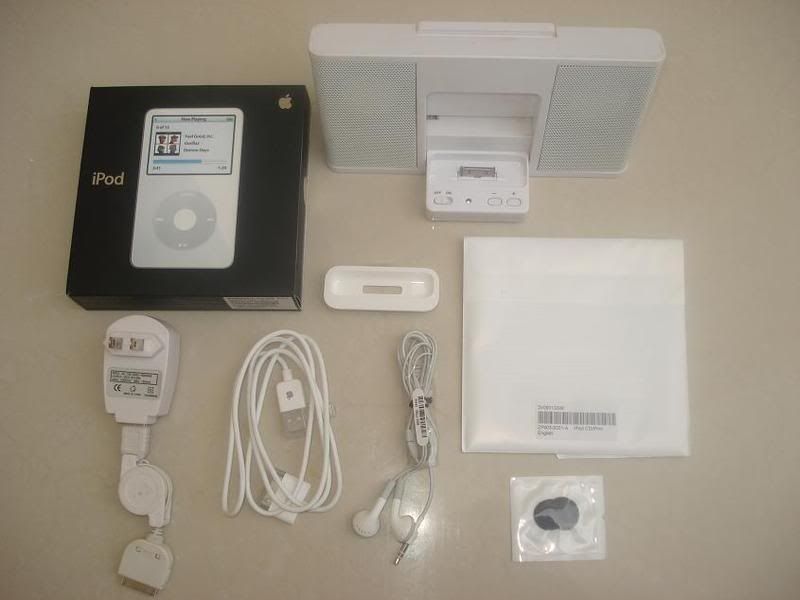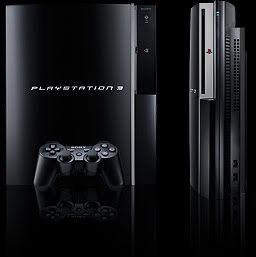By: Christoper Spencer
You've seen the advertisements. You probably know at least one person who has tried it, but is Voice Over Internet Protocol (VoIP), a.k.a.
Internet phone or digital phone, for you? Let's face it. Your traditional phone service works pretty well, so why switch? The answer is savings.
Let's start with the basic monthly plan. The average monthly residential Internet phone plan is approximately $25/month. Business plans are roughly double the residential rate. Usually included within this price are loads of free features like voice mail, call waiting, three way calling, caller id, and call forwarding. Traditional phone service ranges from approximately $15/month to $60/month depending upon add-ons, long distance, taxes, and surcharges. Internet phone service may be for you if you are on the higher end of this scale. Moreover, many cable companies offer Internet phone service as part of a bundled package- Internet, television, and home phone service on one bill. This combination may prove to be very cost effective.
International calls are extremely cheap with Internet phone. Rates can start from around $.02/min., depending upon the destination country. Also, some calls may even be free. For example, if you subscribe to XYZ Internet phone service, and you call a friend overseas who also subscribes to XYZ, the call should be free. You can even take your Internet phone service with you when you travel. If you have a wi-fi Internet phone, you should have service wherever there is a wi-fi hotspot worldwide. Or if you take your hardware with you (i.e. telephone adapter, router, IP phone), you should be able to use your service wherever there is a broadband Internet connection available. Thus, frequent travelers or people with overseas relatives and friends would greatly benefit from Internet phone service.
Business owners stand to benefit the most from switching to Internet phone service. High long distance volume, systems integration, phone number mobility, and local market presence are the main reasons why. First, businesses have inherently high call volumes, especially domestic and international long distance. VoIP should lower these expenses, lowering monthly overhead. Second, VoIP is highly flexible and meshes well with other business applications. Third, businesses spend thousands of dollars annually on advertising, and those dollars are wasted if a phone number has to be changed. VoIP allows a business to keep the same number regardless of location. Closely related is the issue of local market presence. With VoIP, businesses can have a local phone number but be located in a different city, state, or country. The cost to you is just a local phone call. Despite the many benefits of VoIP for businesses, there is one major concern - security. Since voice conversations travel via the Internet, VoIP systems are susceptible to the same perils as your computer (i.e. hackers, viruses, etc.). Small to medium sized business are less of a target than larger businesses. However, all businesses utilizing VoIP should have up-to-date security software and contingency plans in place to minimize the threat.
Despite the many benefits of VoIP, there are a few issues that require consideration. These issues include: voice quality, power outages, emergency services, alarm systems, fax capabilities, digital video recorder (DVR) devices, local number portability (LNP), and broadband Internet requirement. For you, these issues may be just a intermittent irritation, like a dropped phone call or poor signal reception during a cell phone call. For others, these concerns could be insignificant or a deciding factor.
With Internet phone service, voice quality depends heavily upon the quality of your high speed Internet connection. So if your connection is not fast enough, voice quality may be inconsistent. It's always best to test your broadband connection with a VoIP speed test before subscribing.
Presently, unless an alternate back-up power source is readily available, Internet phone service will not work during a power outage because vital pieces of equipment such as routers, analog telephone adapters, and modems require power. Aware of the problem, some companies supply equipment with built-in battery back-ups. Other companies will route calls to an alternate phone number during an outage. Or, you could purchase an Uninterruptable Power Source (UPS) to provide power during an outage. The amount of power supplied by UPS's will vary by model and price. Barring the aforementioned, be ready to use a cell phone during a power outage, or consider keeping a bare minimum landline as a back-up.
In 2005 VoIP companies that interconnected with the public telephone network were required by the Federal Communications Commission (FCC) to provide 911 service and disclose service limitations. When you dial 911, calls are routed through a Public Safety Answering Point (PSAP). E911 (Enhanced 911), which is utilized in many areas, allows the PSAP to automatically discern your location. Due to the dynamic nature of VoIP, your location is more difficult to determine. Many companies have bypassed this obstacle by sending the PSAP the address of the subscriber. However, all PSAP's are not set-up to receive VoIP data. In which case, you would have to provide your location to the call center. As more and more people use Internet phone service, upgrades are being made to provide E911.
Presently, most alarm systems use a landline for monitoring purposes. Your alarm system may work with VoIP, although some equipment adjustments and testing may be required. Since VoIP data travels at higher speeds, these adjustments involve the lowering of these speeds. Similarly, faxes may be sent over a standard VoIP line, with equipment adjustments needed in many cases. To mitigate this problem, many companies offer designated fax lines as an add-on or as part of a business service plan. Additionally, many digital video recorder (DVR) devices require landlines to receive updates. However, some subscribers have reported successful DVR operation with VoIP. For a seamless transition, if you already have a DVR, you may want to check to see if it has a broadband port before subscribing to VoIP service.
When subscribing to Internet phone service, many people prefer to keep the same phone number, and in most cases this is possible through local number portability. LNP is the process by which consumers can transfer their phone numbers when changing telecommunications carriers. This process can take from approximately 10 to 20 business days until completion.
Finally, VoIP requires a high speed broadband Internet connection. For those of you who already use broadband Internet, this is not an issue. However, millions of people still use dial-up or have no Internet access at all. Therefore, this segment of the population must evaluate the cost of upgrading to broadband Internet versus the benefits of Internet phone service.
Is VoIP worth the switch? Individual answers will vary. Using the aforementioned considerations, a side-by-side comparison between your traditional phone service and your potential VoIP provider should prove to be informative at the very least. Savings is the key. If your potential savings outweigh all other factors, by all means, internet phone service should be worth the switch.




